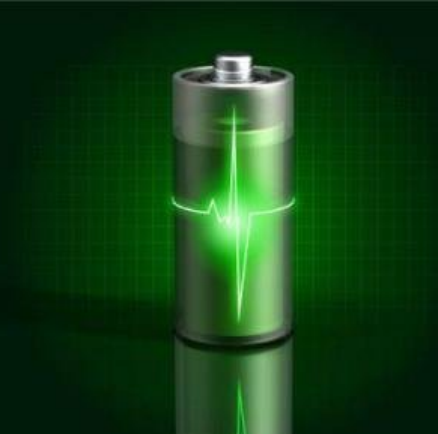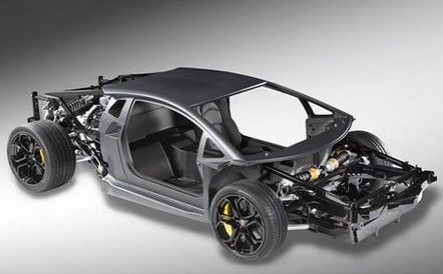1. Introduction
In the past 48 hours, global construction firms have reported a surge in demand for sustainable façade systems, with metal clad solutions—particularly corten steel and zinc cladding—leading the shift toward durable, low-maintenance exteriors. This trend aligns with new green building codes in the EU and North America emphasizing recyclable materials and energy efficiency.

Metal clad refers broadly to any product or structure where a base material is covered or ‘clad’ with a layer of metal for enhanced performance, aesthetics, or protection. From architectural exteriors to industrial piping and electrical wiring, metal clad technologies offer versatility, longevity, and design flexibility. Understanding the scope of metal clad—from metal clad wall systems to clad steel plates—is essential for architects, engineers, and contractors navigating modern building practices.
2. What Is Metal Clad?
The metal clad meaning encompasses both a process and a product. At its core, clad metal meaning describes a composite material formed by bonding two or more metals—such as aluminum clad stainless steel or stainless clad aluminum—to combine their best properties. This technique is distinct from simple coatings like electroplating; instead, it involves metallurgical bonding through rolling, explosion bonding, or co-extrusion.
Common examples include titanium clad sheets for chemical processing, copper nickel clad for marine environments, and 2024 T3 clad or 7075 T6 clad aluminum alloys used in aerospace. These clad metals deliver corrosion resistance, strength, conductivity, or cost-efficiency unattainable with single-metal solutions.
3. Architectural Applications of Metal Clad
In contemporary architecture, metal clad has become synonymous with innovation and resilience. A metal clad building often features striking exteriors using materials like corten steel siding, zinc metal siding, or copper siding. The corten steel facade, known for its rust-like appearance that stabilizes over time, offers both visual drama and structural integrity without painting.
Popular systems include:

- Metal clad wall panels for commercial facades
- Standing seam siding and vertical standing seam metal siding for clean, modern lines
- Corrugated steel facade and exterior corrugated metal siding for industrial or rustic aesthetics
- Zinc clad roof and zinc clad dormer installations prized for self-healing patina
- Colorbond standing seam and PAC Clad standing seam roof systems offering color stability and weather resistance
Homeowners increasingly opt for a metal clad house not only for style but for fire resistance, durability, and minimal upkeep. Steel clad house designs, often using steel plate or mild steel plate substrates, are gaining traction in wildfire-prone regions.
4. Industrial and Technical Uses
Beyond architecture, metal clad plays critical roles in infrastructure and manufacturing. Metal clad electrical wire—also called MC cable—features insulated conductors wrapped in an interlocked armor, commonly aluminum clad steel wire or aluminum clad wire, providing mechanical protection in commercial buildings. Similarly, metal clad wire like Cu clad wire enhances conductivity while reducing cost.
Other key applications include:
- Aluminum clad pipe insulation for thermal efficiency in HVAC systems
- Metal clad insulation for high-temperature industrial processes
- Metal clad shed structures built from corrugated or diamond plate steel for agricultural or storage use
- Stainless steel metal plate, 316 stainless steel plate, and alloy plate variants used in pressure vessels, boilers (boiler plate steel), and marine hardware

Specialized products like PAC Clad coping, PAC Clad column covers, and PAC Clad HWP (horizontal wall panel) systems demonstrate how engineered metal cladding integrates form and function in large-scale projects.
5. Materials and Manufacturing Methods
The diversity of clad metals stems from combinations like aluminum clad steel, stainless clad aluminum, and nickel brass clad copper. These are produced via methods such as roll bonding or explosive cladding, ensuring a permanent metallurgical bond—not just surface adhesion like chromium electroplating or gold coating.
Common base and cladding pairs include:
- Aluminum 5052 sheet or 6061 T6 aluminum plate with protective cladding for marine use
- Corten steel plate for weathering applications
- Stainless steel checker plate or aluminum diamond tread plate for slip-resistant surfaces
- Perforated plate and metal plate with holes for acoustic or filtration purposes
Thicknesses vary widely—from 1/8 inch steel plate to thick steel plate over 1 inch—depending on structural demands. Prices fluctuate based on alloy content, with stainless steel plate grades like 316L or 904L commanding premiums for corrosion resistance.
6. Cost Considerations and Trends
While initial investment can be higher, metal clad systems often prove cost-effective over time. For instance, corten siding cost includes no maintenance or repainting, offsetting upfront expenses. Similarly, zinc and copper develop protective patinas that extend service life.
Current market dynamics show rising interest in recycled-content cladding and locally sourced options—prompting searches for ‘steel plate near me’ or ‘aluminium checker plate near me.’ Distributors now stock everything from 3mm aluminium checker plate to inconel 625 plate for extreme environments.
7. Conclusion
Metal clad represents a convergence of engineering precision and architectural vision. Whether used in a steel clad building, as metal clad siding, or in high-performance clad metals for aerospace and energy sectors, its adaptability ensures continued relevance. As sustainability drives material selection, expect further innovation in alloy clad systems, eco-friendly finishes, and modular metal cladding solutions that redefine durability and design.
Our Website founded on October 17, 2012, is a high-tech enterprise committed to the research and development, production, processing, sales and technical services of ceramic relative materials such as Understand. Our products includes but not limited to Boron Carbide Ceramic Products, Boron Nitride Ceramic Products, Silicon Carbide Ceramic Products, Silicon Nitride Ceramic Products, Zirconium Dioxide Ceramic Products, etc. If you are interested, please feel free to contact us.
